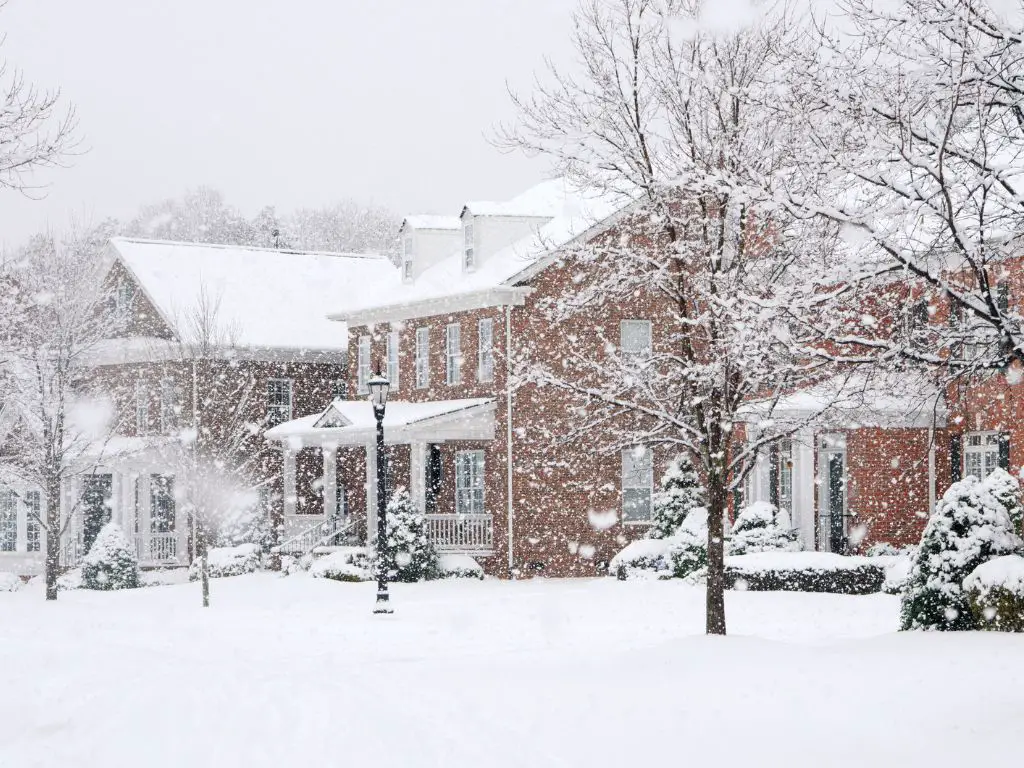Winter storms are a common occurrence during winter months, and can be incredibly dangerous. Winter storms can bring snow, sleet, freezing rain, strong winds and cold temperatures that create hazardous driving conditions. They also have the potential to cause power outages due to heavy snowfall or ice accumulation on trees and power lines.
It is important for individuals living in areas prone to winter storms to take precautions before they occur by having an emergency kit prepared with supplies such as flashlights, batteries and blankets in case of an extended outage.
What are winter storms
Winter storms are meteorological events that occur during the winter season and are characterized by strong winds, low temperatures, and precipitation, such as snow, sleet, or freezing rain. These storms can range in intensity from mild to severe and can have a significant impact on travel, commerce, and daily life.
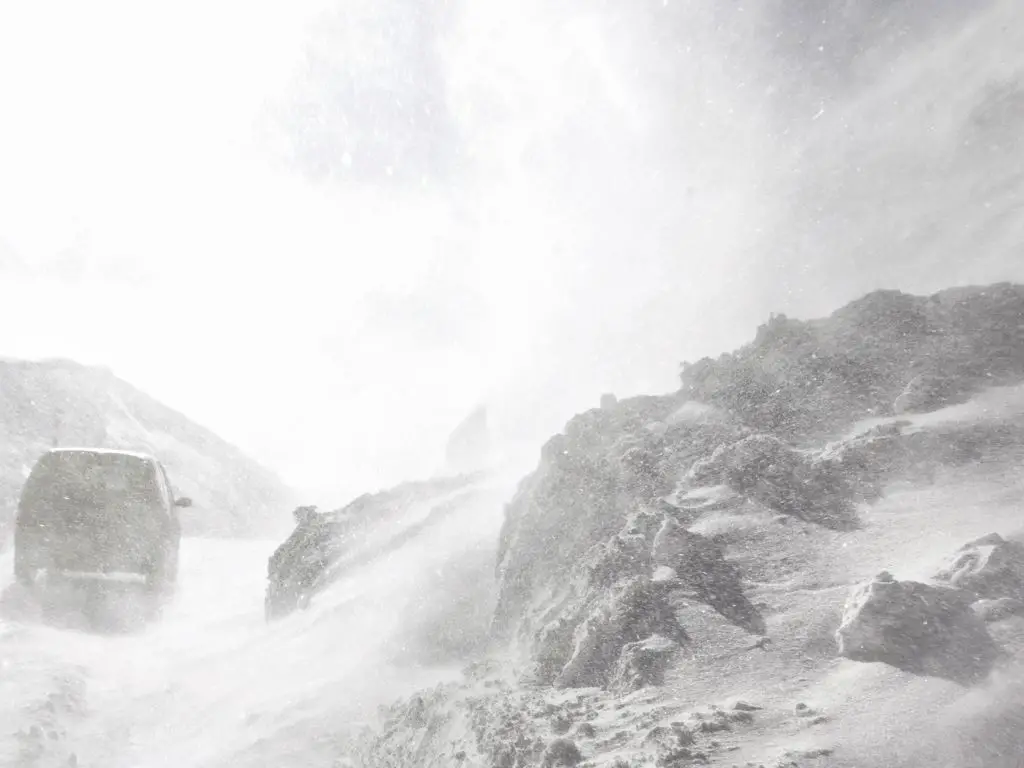
Winter storms can be caused by a variety of factors, including low pressure systems, cold air masses, and polar jet streams. During a winter storm, strong winds can cause blowing and drifting snow, which can reduce visibility and make it difficult to travel. Cold temperatures can also create hazardous conditions, such as frostbite and hypothermia. Precipitation, such as snow and ice, can make roads and sidewalks slippery, increasing the risk of accidents and injuries.
How do winter storms form
Winter storms can form in a variety of ways, but they are generally the result of low pressure systems, cold air masses, and polar jet streams.
Low pressure systems:
Low pressure systems, also known as cyclones, are areas of lower atmospheric pressure that are associated with clouds, precipitation, and wind. When a low pressure system approaches a region, it can bring cold, moist air from the ocean, which can lead to snow or freezing rain. Low pressure systems can also bring strong winds, which can cause blowing and drifting snow and reduce visibility.
Cold air masses:
Cold air masses are large bodies of cold air that form over land or water during the winter months. When a cold air mass moves into an area, it can bring extreme cold and snow, especially if it is combined with a low pressure system. Cold air masses are often the cause of arctic outbreaks, which are periods of extreme cold that occur when a cold air mass moves southward from the Arctic.
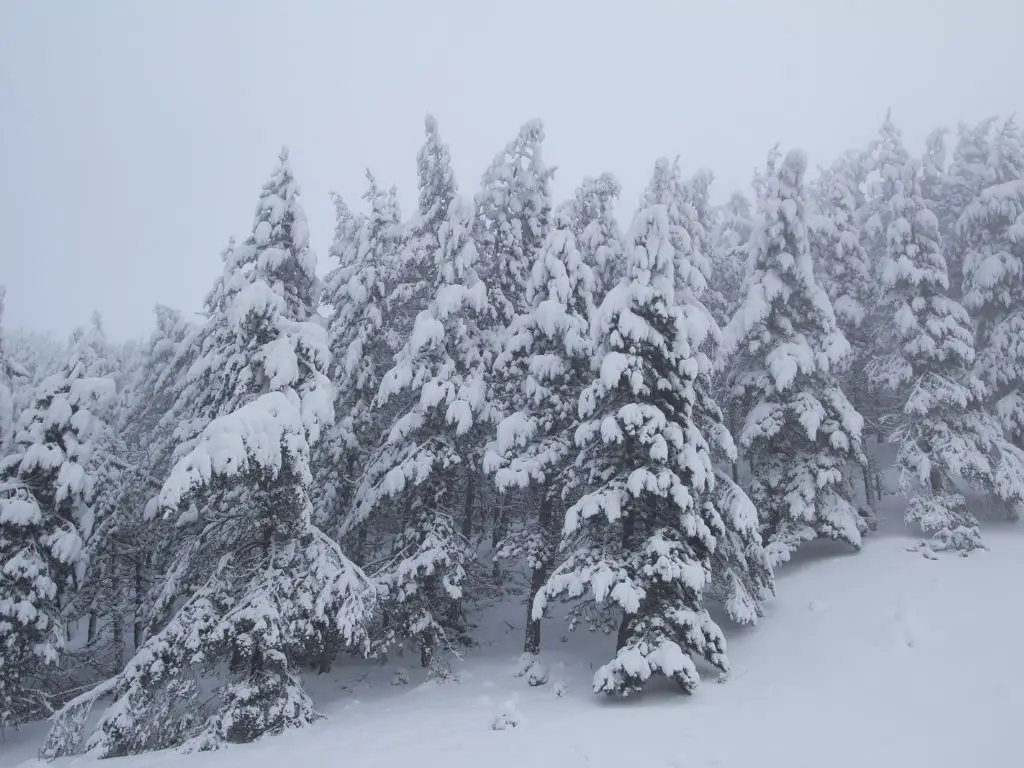
Polar jet stream:
The polar jet stream is a fast-moving band of wind in the upper atmosphere that circles the Earth from west to east. It is located at the boundary between the polar and temperate regions of the Earth and is typically found at altitudes of about 30,000 to 45,000 feet (9,000 to 14,000 meters). The polar jet stream can play a role in the formation and intensity of winter storms by steering low pressure systems and cold air masses towards certain areas.
Winter storms can also be the result of other meteorological phenomena, such as lake-effect snow, which is caused by cold air moving over a warmer lake and picking up moisture that falls as snow on the downwind side of the lake.
Types of winter storms
There are several types of winter storms that can occur during the winter season:
Snowstorm:
A snowstorm is a meteorological event that is characterized by strong winds and the falling of snow. Snowstorms can range in intensity from light to heavy, and they can be accompanied by other forms of precipitation, such as sleet or freezing rain.
Ice storm:
An ice storm is a type of winter storm that is characterized by the accumulation of ice on surfaces, such as roads, sidewalks, and trees. Ice storms can be caused by freezing rain, which is rain that falls onto a surface that is below freezing and turns into ice. Ice storms can make travel dangerous and can cause power outages due to the weight of the ice on power lines.
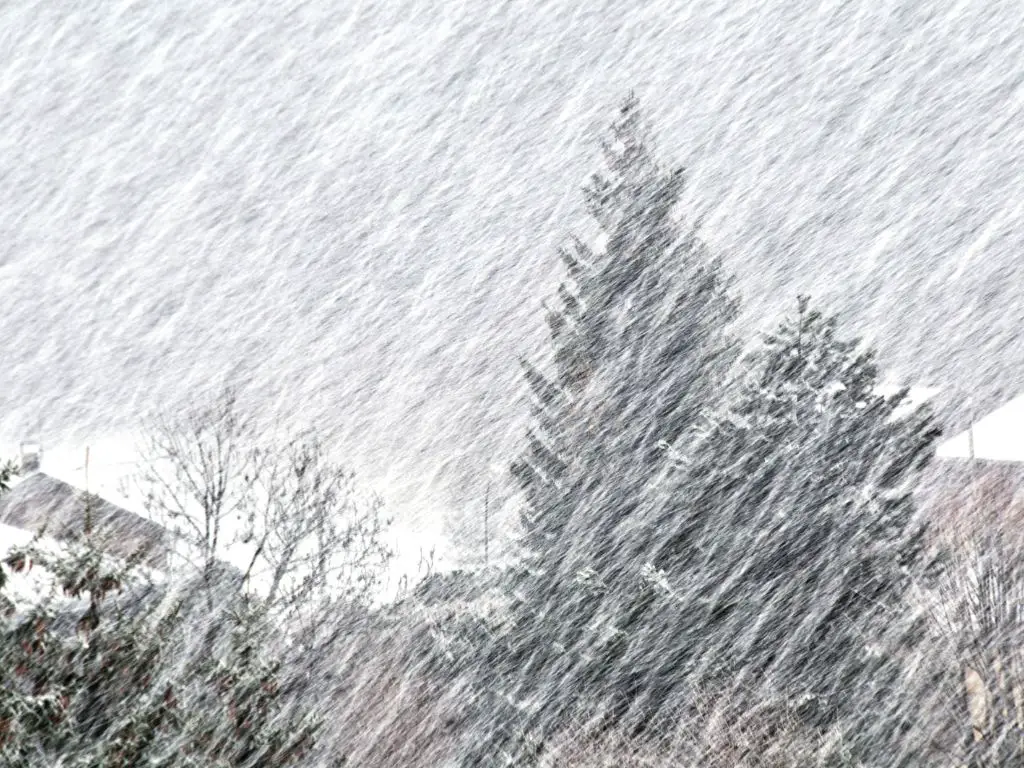
Blizzard:
A blizzard is a severe winter storm that is characterized by strong winds, low temperatures, and heavy snowfall. Blizzards can reduce visibility to near zero and can make travel extremely difficult.
Arctic outbreak:
An arctic outbreak is a period of extreme cold that occurs when a cold air mass moves southward from the Arctic. Arctic outbreaks can bring freezing temperatures, strong winds, and snow to an area, and they can be accompanied by other types of winter storms.
Lake-effect snow:
Lake-effect snow is a type of winter storm that is caused by cold air moving over a warmer lake and picking up moisture that falls as snow on the downwind side of the lake. Lake-effect snow is most common in the Great Lakes region of the United States and Canada.
What does winter storm warning mean
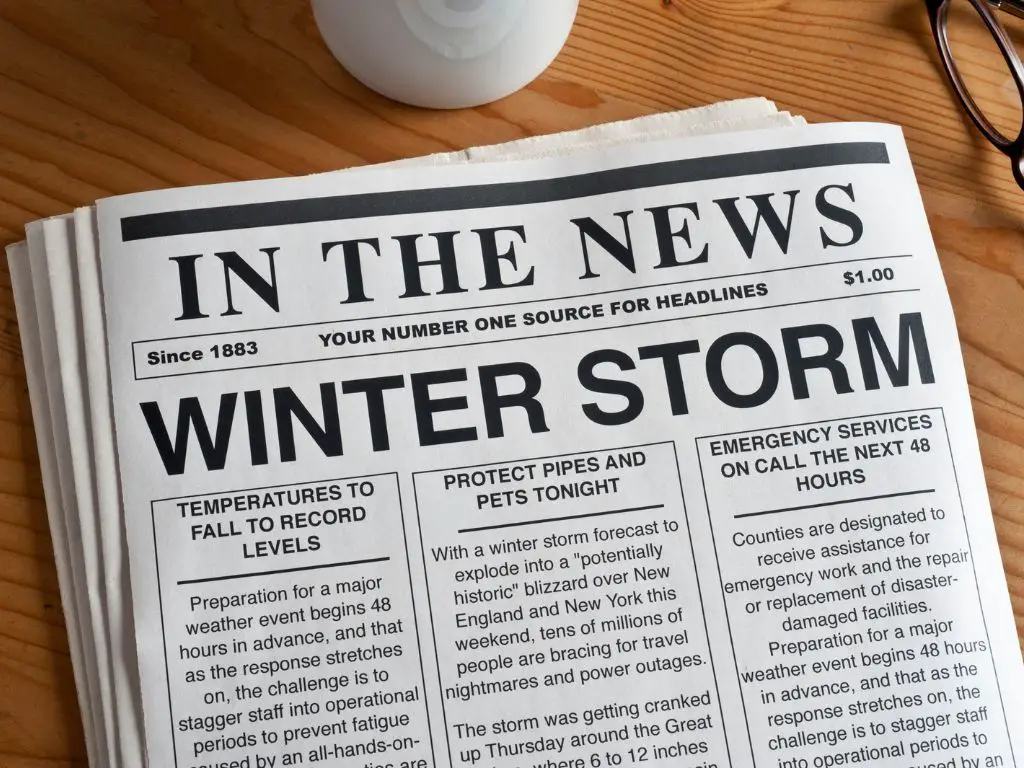
A winter storm warning is a type of weather alert issued by the National Weather Service (NWS) in the United States when a winter storm is expected to bring significant amounts of snow, sleet, or freezing rain to an area within the next 36 hours.
A winter storm warning is usually issued when the storm is expected to produce at least 4 inches (10 cm) of snow or sleet, or at least a quarter inch (0.6 cm) of ice.
Winter storm warnings are issued to alert the public to take necessary precautions and to be prepared for adverse weather conditions. When a winter storm warning is in effect, it is important to stay informed about the latest weather forecast and to follow any recommendations or instructions from local authorities. This may include staying indoors, avoiding travel if possible, and having an emergency kit on hand in case of power outages or other disruptions.
It is important to take winter storm warnings seriously and to be prepared for the potential impact of the storm on daily activities and travel. Winter storms can pose a significant risk to public safety and can have a significant impact on transportation, commerce, and daily life.
How to prepare for winter storms
Here are some steps you can take to prepare for winter storms:
Stay informed:
Keep track of the latest weather forecasts and warnings from reliable sources, such as the National Weather Service (NWS) or your local weather station.
Create an emergency kit:
Put together a kit with supplies that will be useful during a winter storm, such as non-perishable food, water, flashlights, batteries, warm clothing and blankets, and a source of heat.

Know your community’s emergency plans:
Familiarize yourself with your community’s emergency plans and evacuation routes in case you need to leave your home during a storm.
Insulate your home:
Proper insulation can help keep your home warm and reduce the risk of frozen pipes. Make sure your home is properly insulated and that you have weatherstripping around doors and windows to keep out drafts.
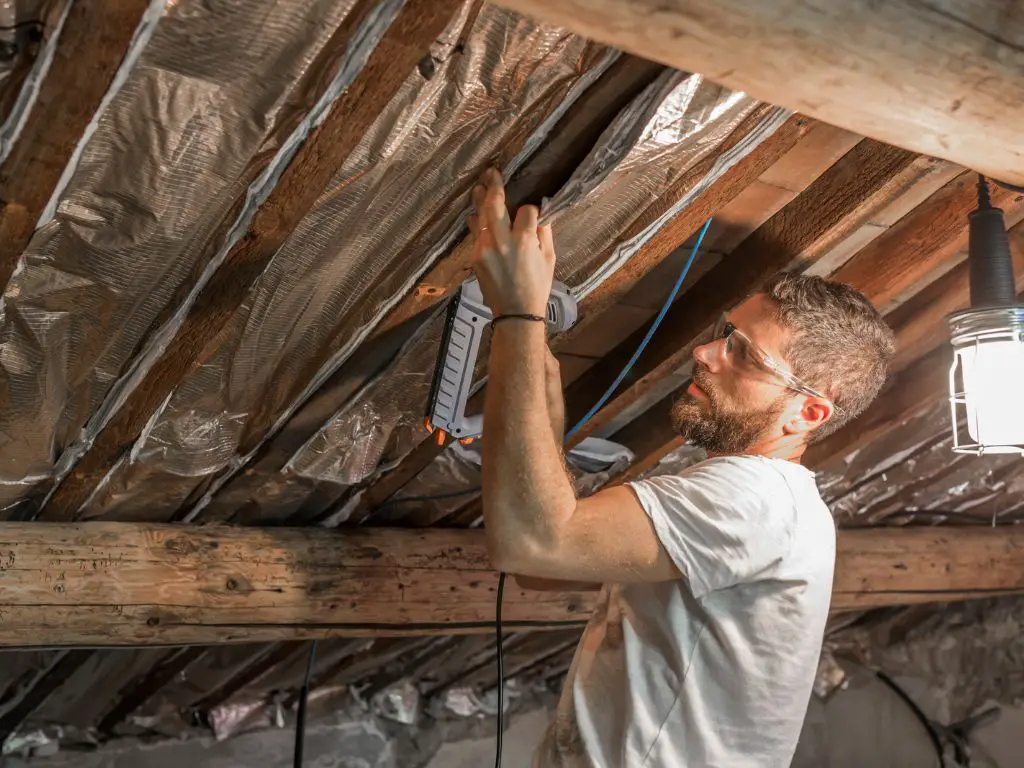
Protect your pipes:
Cold temperatures can cause pipes to freeze, which can lead to costly repairs. To prevent this, wrap pipes in insulation or use heat tape to keep them warm.
Have a backup plan for heat:
In case of a power outage, have a backup plan for keeping your home warm, such as a fireplace, wood stove, or portable heater.
Check your car:
Make sure your car is in good working order and that you have a winter emergency kit in your trunk, including a shovel, blanket, extra warm clothing, and a flashlight.
Stay safe on the road:
If you must travel during a winter storm, drive cautiously and be prepared for difficult driving conditions. Allow extra time for your trip, and keep a safe distance from other vehicles.
With winter storms approaching this winter, it is important to keep everyone safe, so please do not hesitate to share this information with your friends and family.

